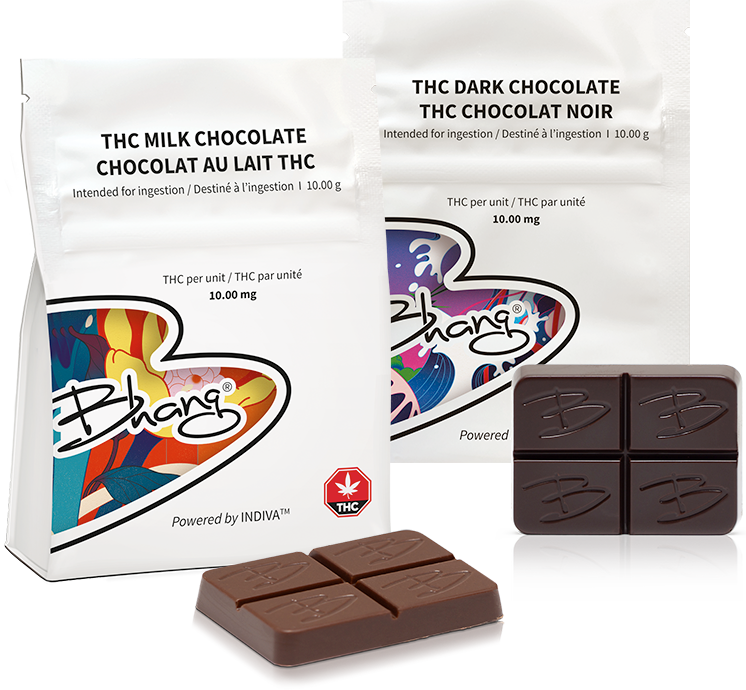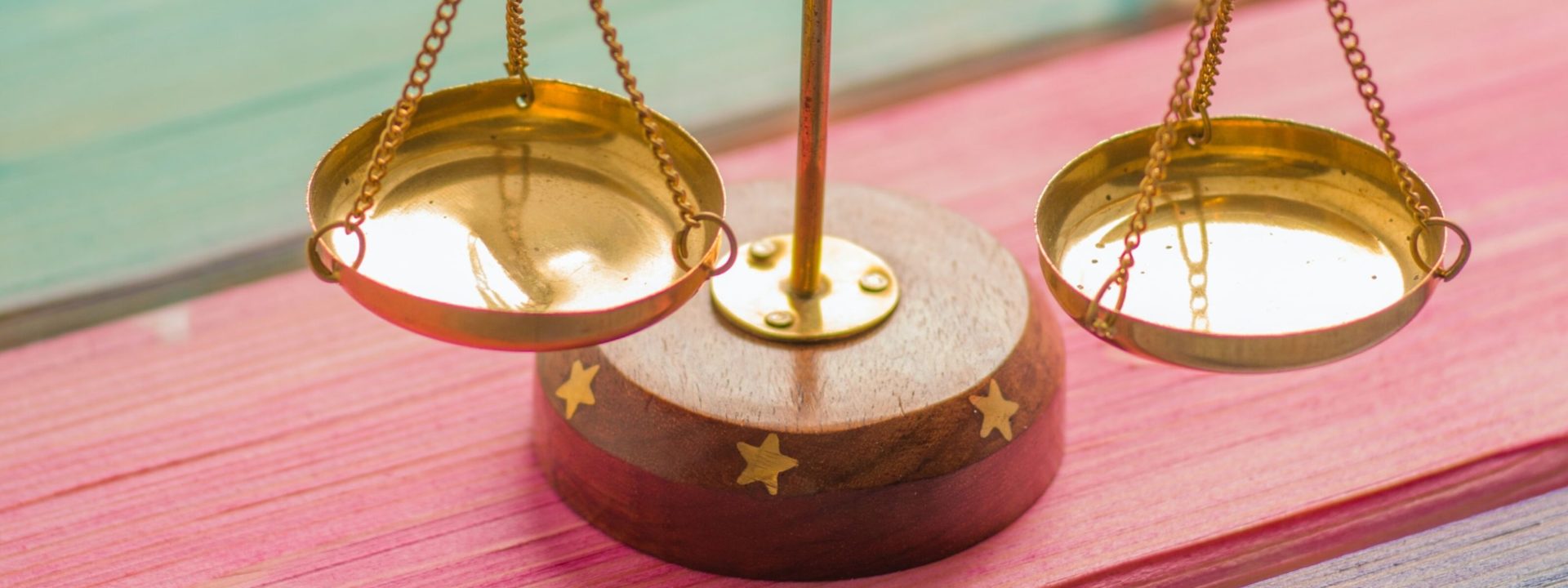Across Canada, the recreational public carry limit for cannabis is 30 g of dried cannabis, or the equivalent in non-dried form. That last part is important when it comes to new cannabis formats. Products like gummies, chocolate, beverages, topicals, and vapes will affect your carry limit differently than traditional dried flowers and pre-rolls would. It’s not just a 1-for-1 trade off. A 10 g bar of chocolate doesn’t count as 10 g towards your limit (thankfully).
There’s a very cut-and-dry equivalency factor that’s been laid out by the Government of Canada. They’ve determined what 1 g of dried cannabis is equal to in other formats. On every legal cannabis product, there will be an equivalency factor indicator so you don’t really need to do math on the spot. That being said, it can help you plan for future shopping trips, and hey—some people just like knowing this stuff.
Something to remember right off the hop: equivalency factor has nothing to do with the potency of a product. It has to do with the weight/volume of whatever you’ve purchased.
Edibles equivalency
According to the government’s rules, 1 g of dried cannabis is equal to 15 g of edible product. This applies to gummies, chocolate, sugar, salt, or any other edible product on the market.
Let’s say you wanted to stock up on some Bhang® Chocolate. Each Bhang® bar weighs 10 g. 10 divided by 15 is 0.66 (and way more sixes after that). So, a 10 g Bhang® bar counts as 0.66 g towards your carry limit. If you only had Bhang® bars in your possession, you could carry up to 44 of them and still be within your limit.

The equation to remember: [g of your product] divided by 15.
Drinks equivalency
Some people might think drinks would fall under the edible category. Can’t say we blame you on that one, but cannabis drinks have their own equivalency rate. The government states that 70 g of liquid product is the same as 1 g of dried cannabis. This means if you buy a cannabis drink in a 355 mL can, it counts as 5.1 g towards your carry limit. Again, this is regardless of the THC or CBD content. It all depends on how much product is in the actual can or bottle.
The equation to remember: [g of your product] divided by 70.
Concentrates equivalency
According to the government regulations, 1 g of dried cannabis the same as 0.25 g of cannabis concentrate (liquid or solid). Extract vapes fall under the concentrates category when looking at the equivalency rate. For example, if you purchased a 510-threaded cartridge that contained 0.5 g of cannabis extract, it would count as 2 g towards your carry limit.
The equation to remember: [g of your product] divided by 0.25.
Topicals equivalency
Topicals are an interesting case because equivalency will likely depend on the state of the topical. For example, a lip balm may have a different equivalency than a hand cream. It’s still too soon to tell. If you look at provincial stores, you’ll be able to see some of the current topicals and what they equate to. The Ontario Cannabis Store has two transdermal creams, both of which seem to be measured as liquids. The 50 g containers each count as 0.7 g of cannabis towards your carry limit. Through the BC Cannabis Stores website, you can find a multi-purpose balm which comes in a 7 g container and counts as 0.5 g of cannabis towards your carry limit. This seems like it’s being measured as an edible product.
The equation to remember: there isn’t one, so be sure to look at the equivalency section on the label
All in all
New cannabis products count towards your carry limit in different ways. If you’re thinking of heading to a store and stocking up on a bunch of new items, make sure you’re checking the equivalency factor on each label. You don’t have to be a math whiz to follow the law, you know.
*This information is for informational purposes only and is not to be used in place of legal counsel. We do our best to keep this section up to date with accurate information, but you should always consult with your municipal and provincial regulations before purchasing cannabis. For any legal needs, seek legal counsel.
